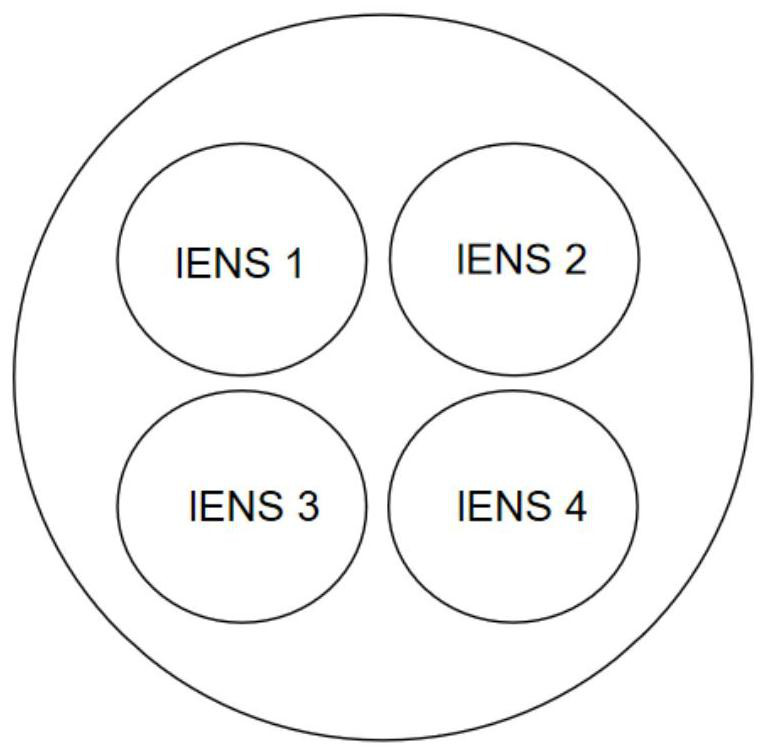Visible light communication meniscus lens antenna for miniaturization of transceiver and its design method
A visible light communication and meniscus lens technology, applied in the fields of visible light communication and optical antennas, can solve the problems of high system complexity, high implementation cost, large imaging size, and increased system deployment cost, so as to reduce implementation complexity and deployment cost, and improve the The effect of robustness
- Summary
- Abstract
- Description
- Claims
- Application Information
AI Technical Summary
Problems solved by technology
Method used
Image
Examples
Embodiment
[0036] One implementation of high-speed visible light communication is multi-color parallel visible light communication. However, the existing multi-color parallel visible light communication systems all face problems such as complex system structure, high deployment cost, and difficulty in miniaturization. Therefore, a transmit optical antenna design based on a concave-convex lens combination is proposed, which can realize the miniaturization of the system and reduce the complexity of the system under the premise of meeting the power requirements of the receiver. The lens types used in actual deployment are shown in Table 1.
[0037] Table 1
[0038] lens diameter / mm Focal length / mm shape model L1 25.4 50 biconcave lens LD1464-A L2 75.0 100 plano-convex LA1238-A
[0039] In actual deployment, first adjust the distance x from the object to the first-stage lens 11 , so that a reduced virtual image of appropriate size is formed between ...
PUM
 Login to View More
Login to View More Abstract
Description
Claims
Application Information
 Login to View More
Login to View More - R&D
- Intellectual Property
- Life Sciences
- Materials
- Tech Scout
- Unparalleled Data Quality
- Higher Quality Content
- 60% Fewer Hallucinations
Browse by: Latest US Patents, China's latest patents, Technical Efficacy Thesaurus, Application Domain, Technology Topic, Popular Technical Reports.
© 2025 PatSnap. All rights reserved.Legal|Privacy policy|Modern Slavery Act Transparency Statement|Sitemap|About US| Contact US: help@patsnap.com



